HPV and Cervical Cancer: Understanding the Relation
The human papillomavirus (HPV) is nowadays acknowledged as a widespread sexually transmitted infection (STI) found in both gender types. Although most forms of it leave without any aftereffects or symptoms, there exist some variants that are referred to as “high-risk” due to their association with abnormal cell changes occurring in the cervix leading up to cervical cancer. When detected early enough, cervical cancer is both preventable and treatable. Cervical cancer is primarily caused by outbreaks of specific human papillomavirus (HPV) types. This blog will explore how HPV related to cervical cancer and why you should be screened regularly and vaccinated against it.
What is HPV (human papillomavirus)?
HPV is a collective group of more than 200 similar viruses that are transmitted through sexual contact either vaginally, orally, and/or anally. This virus has two categories: low-risk and high risk. There are nearly 12 high-risk HPV types, which could lead to HPV-related cancers. HPVs categorized as low-risk rarely lead to any cancer but are otherwise responsible for warts on the genitals or in the mouth region. Such warts can later result in a condition known as respiratory papillomatosis, which presents breathing problems for its victims. Most of the HPV-related malignancies can be traced down to HPV-16 and 18 viruses.
It is important to note that HPV infections are highly common among people who engage in sexual activities, with almost fifty percent constituting high-risk standard strains. The majority of infections disappear by themselves without ever resulting in any cases of malignancy since their control mechanism lies within one’s own immune system. However, this is not always so because there exist high-risk persistent forms that, if left untreated, may lead to death. These transformations on cells’ structures may become worse over time, giving rise to precancerous or cancerous conditions. There are six types of cancer caused by HPV, namely anal, cervical, vaginal vulvar, and penile cancers.
HPV symptoms are found in low-risk and high-risk cases. Low-risk HPV infections may cause warts, while high-risk HPV infections do not cause specific symptoms. However, persistent high-risk HPV infections may cause lumps, bleeding, and pain, potentially leading to pre cancers and cancers.
How is HPV Transmitted?
HPV infection appears to be easy and transferable between individuals who are sexually involved. This means that any intimate skin-to-skin contact may lead to its transmission, such as vaginal-penis sex, penis-anus sex, and vice versa, penis-oral sex, including that of the vagina, which leads to greater chances of getting it. Condom use correctly decreases chances of people getting HPV through sexual intercourse but does not rule out or prevent it entirely.
What is Cervical Cancer?
Cervical cancer occurs in the cervix of women (the point of entry into the womb from the birth canal). The cervix is the site where malignant cellular proliferation begins with cervical cancer. The vagina connects with the cervix, which is at its bottom. Cervical cancer, the second most common type of cancer diagnosed in women in India and standing at fourth most globally with 660,000 new incidences and almost 350,000 mortalities in 2022. This type of cancer can be caused by chronic infection by human papillomavirus (HPV). According to reports, women living with HIV have six times the risk of developing cervical cancers than those without it. HPV prophylactic vaccination and screening combined with pre-cancer lesion treatment are useful methods applied to prevent such disease, thereby making them very cost-effective. If detected during its early stages and treated immediately, cervical cancer may be completely healed.
Cervical cancer symptoms include vaginal bleeding, heavy menstrual bleeding, watery or bloody vaginal discharge, pelvic pain, and pain during intercourse or between periods. Abnormal bleeding and severe pelvic pain are the early stage cervical cancer symptoms. Cervical cancer stages include certain stages, such as Stage I, which is confined to the cervix, progressing to Stages IA, IB, II, III, IV, and VIB, indicating cancer’s spread and its severity.
The most common cervical cancer causes are human papilloma viruses and the risk factors associated with HPV, including smoking tobacco, increased sexual partners, early sexual activity, STIs, a weak immune system, and exposure to miscarriage prevention medicine. However, the treatment for HPV-related cervical cancer depends on its stage and includes surgical operations like hysterectomies, radiation therapy, systems of chemotherapy, and targeted therapies. The prognosis is greatly aided by early detection and treatment.
How Does HPV Cause Cervical Cancer?
High-risk HPV infects cervical cells, hence interfering with their replication processes, division, and intracellular signaling system, thereby making these cells multiply themselves at an abnormal rate without control. In normal circumstances, these are normally spotted by the immune response, while others do not die but continue multiplying, resulting in a region characterized by precancerous areas that could potentially develop cancerous tumors if untreated. Although high-risk HPV has always been the focus of researchers on how it causes cervical cancer more than any other site, there are probably closely related processes between them. Research shows that development from HPV-infected cervical cells to precancers takes between five and ten years, while from precancers to cancer may take about twenty years.
HPV Infection: Prevention
HPV prevention includes vaccination and safe sex practices.
HPV Vaccine
- As per the Advisory Committee on Immunization Practices of the Centers for Disease Control and Prevention (CDC), the Gardasil 9 HPV vaccine protects against nine types of human papillomavirus. It protects against the seven most common cancers and two low-risk types that cause most genital warts. The vaccine is believed to prevent nearly 90% of cancers and other diseases linked with HPV. When girls and boys are 9–12 years old, that is when they receive the maximum protection.
- At the age of 11 or 12, the HPV vaccine series is advised for both boys and girls; however, they may begin receiving it at age 9. Everyone should be immunized since anyone regardless of gender can have HPV-related cancers. Vaccination can also help reduce transmission of cancer-causing HPV to others.
- The vaccine is FDA-approved up until the age of 45 years. However, it is not routinely recommended for most people between the ages of 27 and 45. This age group may not benefit from the vaccine because they have probably been exposed to HPV already. If you are worried you are at risk for a new HPV infection, a talk with the doctor is necessary to determine whether he/she should consider the HPV vaccine or not.
Note: HPV vaccine side effects are typically mild and temporary, causing pain, fatigue, muscle aches, headaches, and fever at the injection site in some cases.
Safe sex practices
- Condom Application: Utilizing condoms properly during sexual interactions can greatly minimize the chances of HPV transmission.
- Restricting Sexual Partners: A restriction of sexual partners can also lead to diminished chances of getting infected by HPV.
- Abstinence: Avoiding unprotected or illegal sexual activities altogether is the best means to avoid contracting HPV.
Get Your HPV And Cervical Cancer Screening Today And Get Vaccinated Against HPV.
Screening and Early Detection
The screening for cervical cancer is aimed at detecting precancerous cervical cell alterations, after which preventive measures can be taken to avert the development of cervical cancer. However, sometimes cancers are detected during cervical screenings. For example, early-stage cervical cancers tend to be easier to manage than those diagnosed at later stages. When there are signs of the disease, it may have already spread, making it harder to treat.
There are three primary methods of screening for cervical cancer:
- The human papillomavirus (HPV) test checks cells for infection with high-risk HPV types that can cause cervical cancer.
- The Pap test (also known as a Pap smear or cervical cytology) collects cervical cells so they can be analyzed for changes caused by HPV that may—if left untreated—lead into cervical cancer. It can find precancerous and cervical cancer cells. A Pap test also sometimes finds conditions that are not cancer, such as infection or inflammation.
- The HPV/Pap cotest combines both the HPV test and the Pap test in order to check if there are any high-risk HPV types present in the body or any alterations within cervical cells.
Note: Doctors may recommend more frequent screening for individuals with HIV, weakened immune systems, DES exposure, abnormal cervical screening results, or cervical cancer history. Total hysterectomy patients do not need screening, but follow-up care is necessary if related to cancer or precancer. Partial or supracervical hysterectomy patients should continue routine screening.
Conclusion
Although both HPV and cervical cancer are serious health concerns, strategies for prevention and early detection could substantially lower their risk. The use of the HPV vaccine, regular cervical screenings, and safe sex practices are vital measures for combating HPV and preventing cervical cancer. Individuals and their families can protect themselves from the devastating consequences of HPV infection.
Yashoda Hospitals provides top-notch care for HPV and cervical cancer through the expert gynecologists and oncologists, utilizing advanced treatments and screening techniques, early detection, prevention, and comprehensive care. They use advanced technology and a compassionate approach to ensure optimal health and well-being.

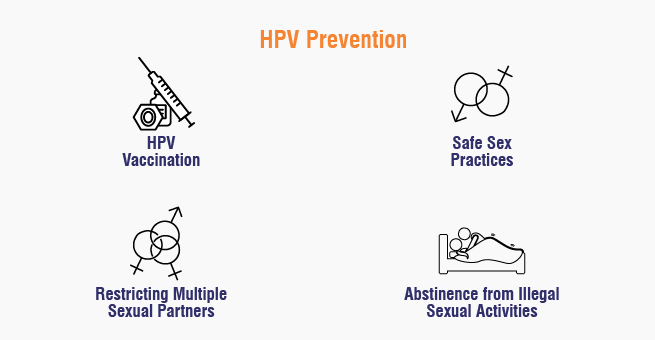
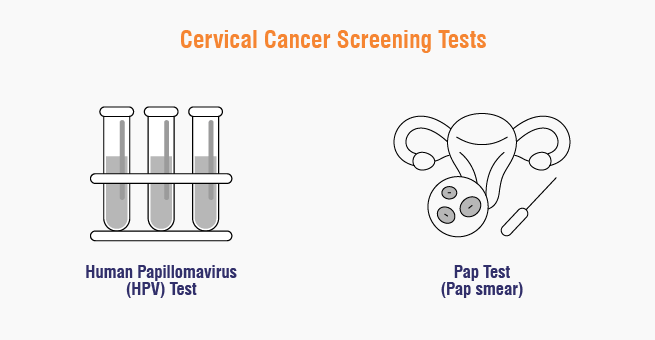


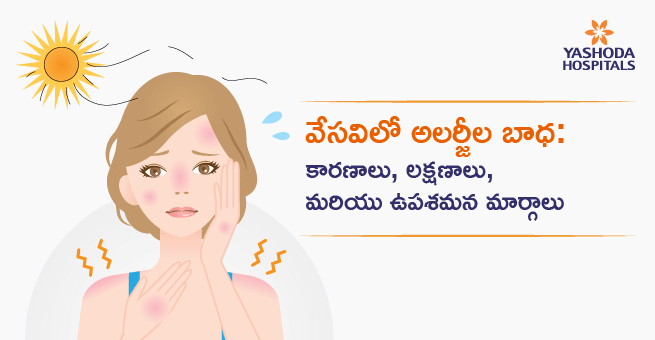
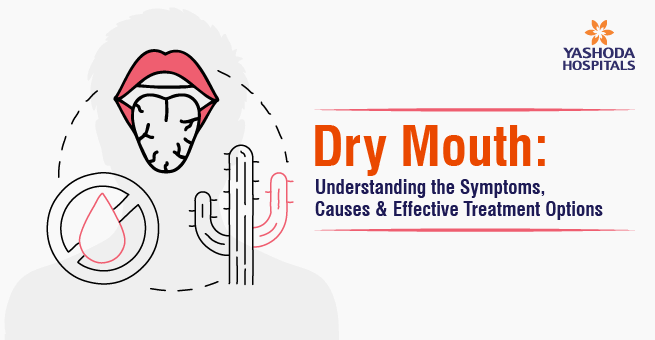



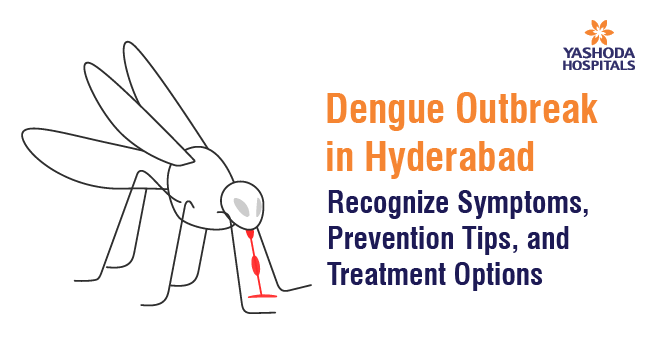

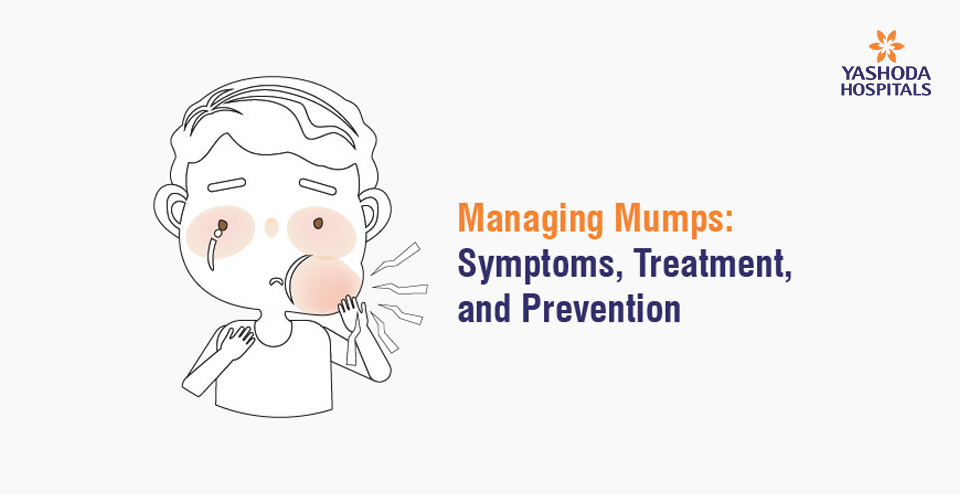
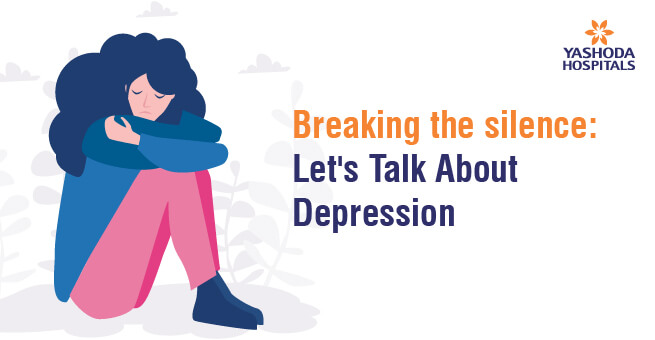






 Appointment
Appointment WhatsApp
WhatsApp Call
Call More
More

